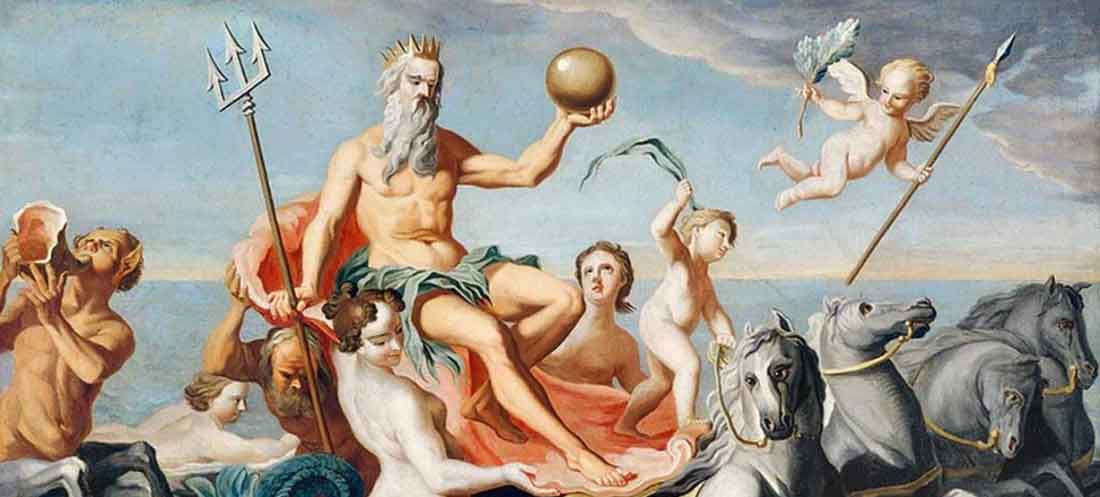The myth of Agdistis

The local Phrygian tradition about Agdistis says that Zeus, in his sleep above, ejaculated on the earth, and that in time she gave birth to a demon with double genitalia, male and female. And they call him Agdistis.
The gods, fearing Agdistus, cut off his male organs. And from these grew an almond tree. When its fruits were ripe, they say, the daughter of the river Sangarios, Nymph Sagaritida, cut them. And as they put them on her back, they disappeared immediately, and she found herself with a child in her belly. And when she gave birth, the child, exposed, was cared for by a goat.
As he grew up, his beauty surpassed human standards and then Agdistis fell in love with him. When Attis grew up, his relatives sent him to Pessinunda to marry the king’s daughter. While the Hymenaeus was being chanted, Agdistis appears and Attis is seized with rage and cuts off his genitals. (Fig. 2, 3) So did he who gave him his daughter as a wife. Agdistis repented of the calamities she had caused Attis and obtained from Zeus that no part of Attis’ body should rot or melt. This is the most widespread tradition about Attis.
Another or complementary and with other details version of the myth by Arnobius places the story on the border of Phrygia, at the place where there was a deserted precipitous rock called Agdos (on Mt. Didymos).
There Deucalion and Pyrrha, the father and mother of the human race, had carved men in the stone, and Cybele, the great mother of the gods, was also carved in this rock—therefore the goddess was worshiped in the form of a of rough stone, of a black birch.
Zeus wanted to join her but failed and left his sperm on a nearby rock. From this was born the hermaphrodite creature Agdistis who was drunk and castrated by Dionysus.
A pomegranate grew from his blood. Nana, daughter of the Phrygian river god Sangarius, put fruit from this pomegranate on her neck and became pregnant. Sangarios ordered that the child that was born be left exposed, but passers-by gathered him around and nursed him on honey and goat’s milk. That’s why they named the child Atti, which in Phrygian means goat or the handsome one.
Attis was claimed by Agdistis, Cybele and the king of Pessinounda Midas on behalf of his daughter. So that no one else would take him, Agdistis put a fury on Attis and his retinue, the beautiful Attis castrated himself under a pine tree and died.
Cybele buried his limbs, but from the blood of his wound sprouted menexes that surrounded the pine tree. Midas’ daughter was killed out of desperation and menexes also grew from her blood. Kyveli buried her and an almond tree grew over her grave.
Zeus, moved by Agdistis’ pleas, agreed that Attis’ body should not decay, his hair should continue to grow and his little finger should move. Agdistis carried the body to Pessinundas, a city in Upper Phrygia, near the river Sangarios, where she buried it, founded a brotherhood of priests, and instituted a festival to honor it. It is possible that Ovid’s variant has its origins in the burial place of Attis.
Finally, Agdistis is said to be an epithet in Phrygia for Cybele or Rhea, so Agdistis is a form of the goddess herself who in Phrygia is orgiastically worshipped. The myth of Agdistis and Attis is the story of deaths but also of the constant rebirth of life.
